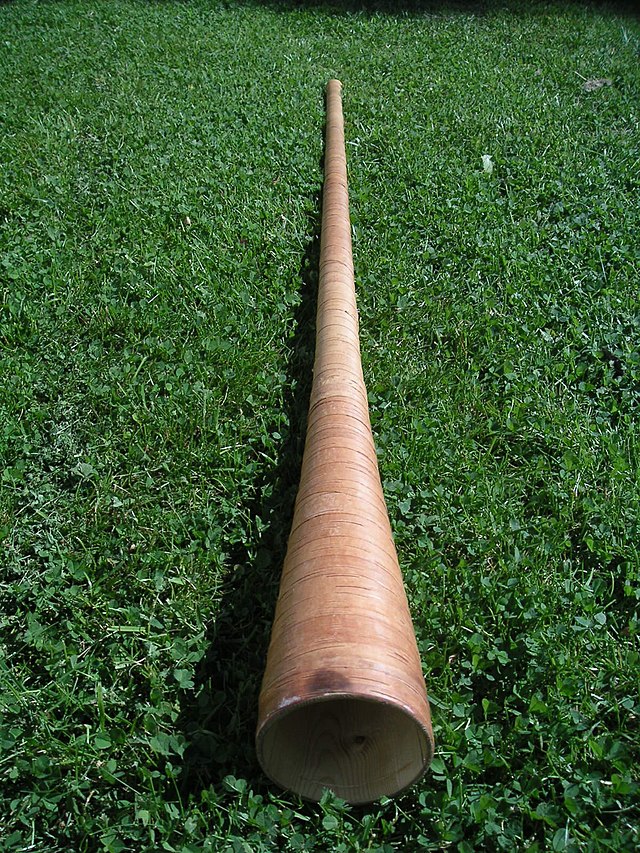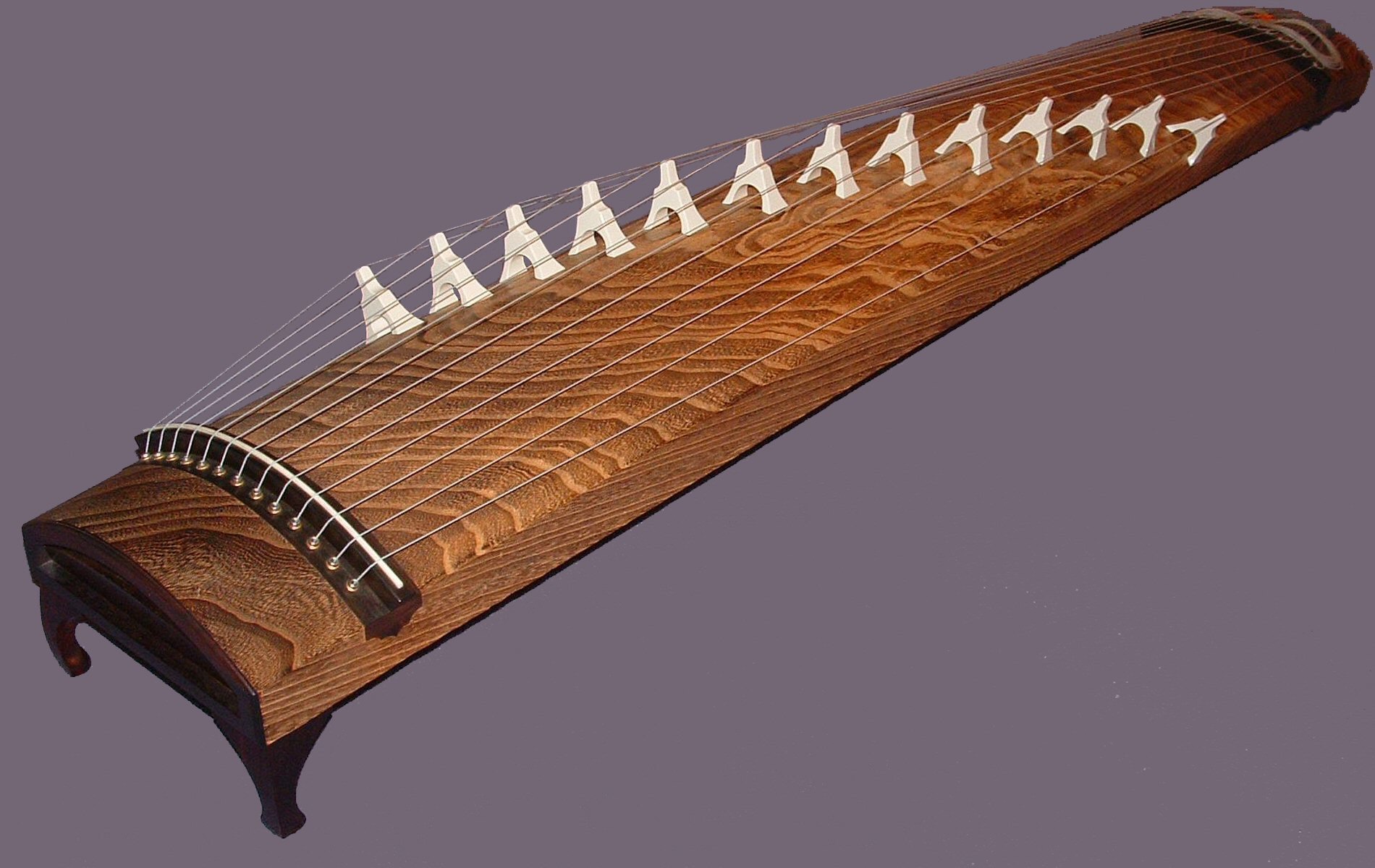The piece I chose this week is titled "Clare's Dragoons" and is performed by Na Casaidigh (also known as The Cassidys) using voice and various instruments. This piece is a vocal Irish ballad originally composed by Thomas Davis in the early 1800s. It describes "Clare's Dragoons" (originally known as Clare's Regiment) who fought for King James II of Englad during the Williamite War in Ireland. According to Lew and Campbell, children "learn of their world through the playful songs they sing, and they learn music through opportunities to explore and discover just what music is" (Lew and Campbell pg. 58). Students learn about their world through play. Students will sing songs during play time and these songs are rich in history. Take for instance the play song, "Ring around the Rosey" that actually describes what happened during the Bubonic Plague. Songs are rich in history and students socialize and learn with these songs even when they don't realize it. This song is a slower song and wouldn't be used much in play. However, with it being a ballad, children might hear this slow song as a lullaby. They will learn history from this song! Music plays an important part in learning. Music aids in building language development, reasoning skills, and socialization. Children learn these skills through lullabies sung to them as children as well as playground songs and games they play.
References:
Campbell, P., Shehan, L., Chooi-Then, J. (2005). Children’s natural and necessary musical play: Global contexts, local applications. Music Educators Journal, 91(5), 57.




